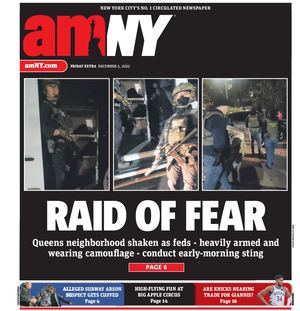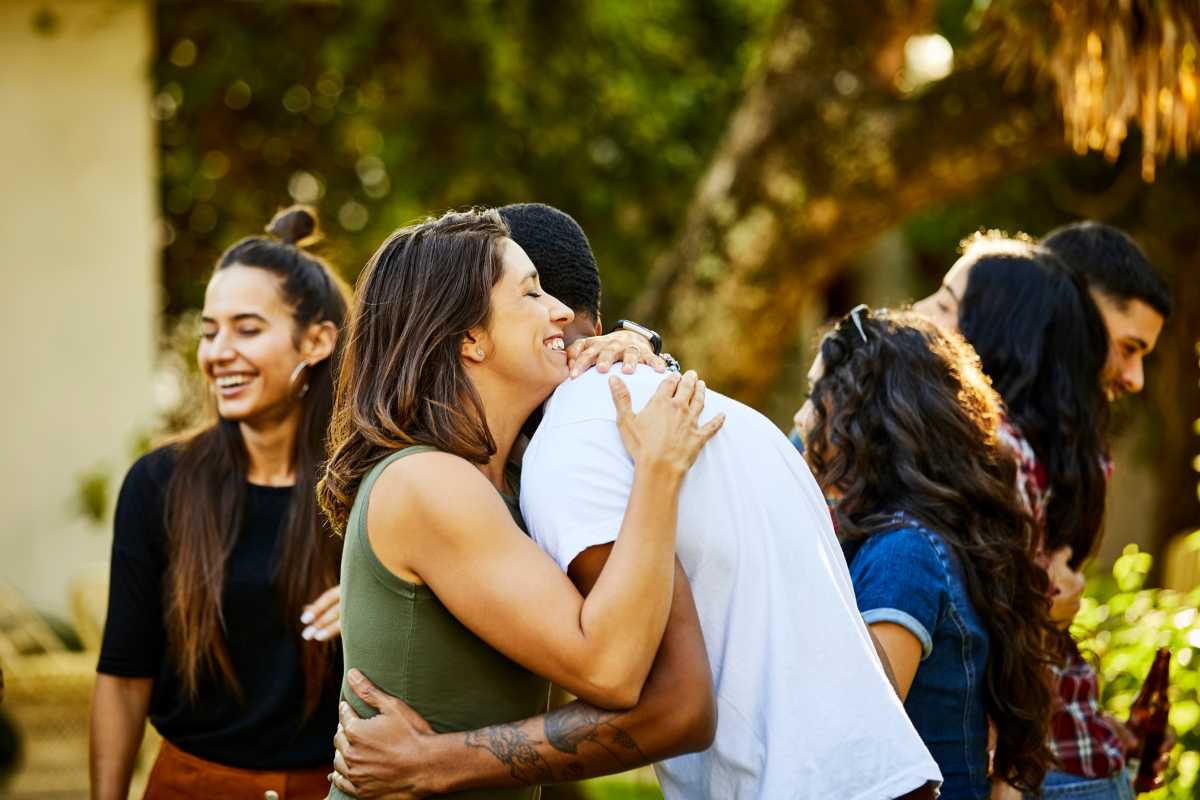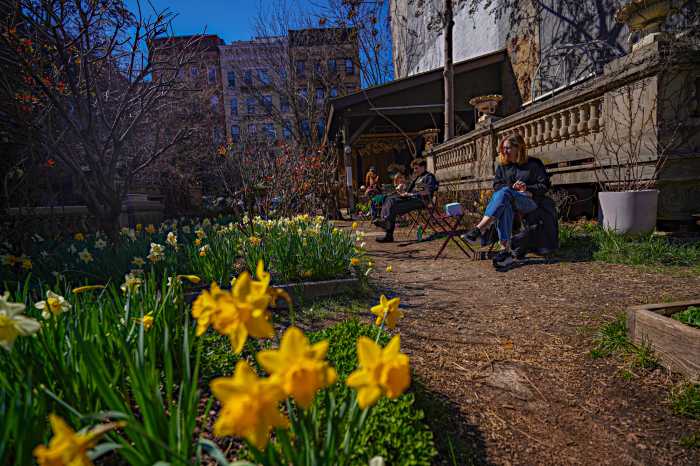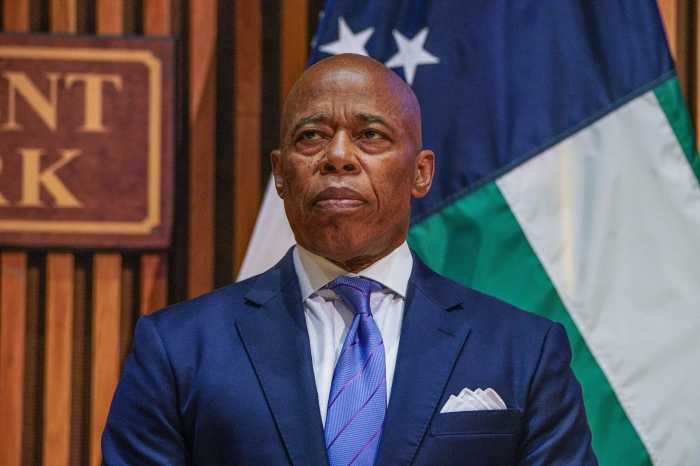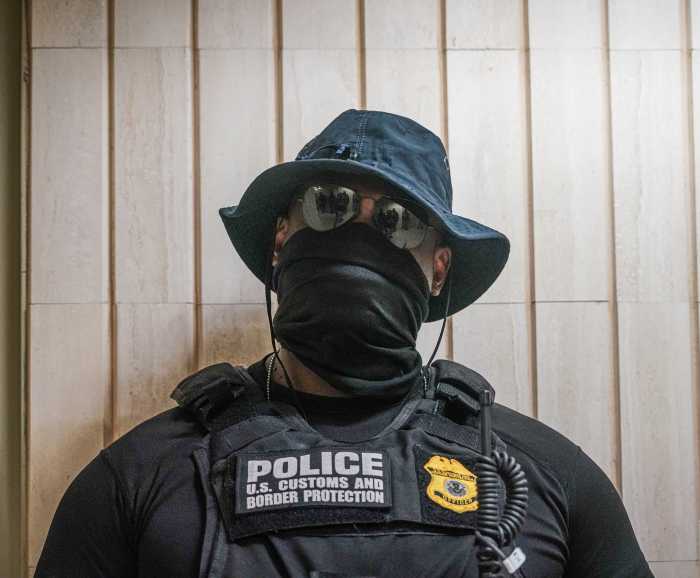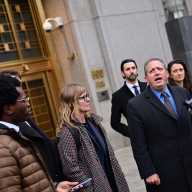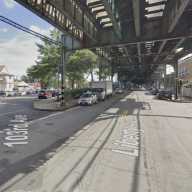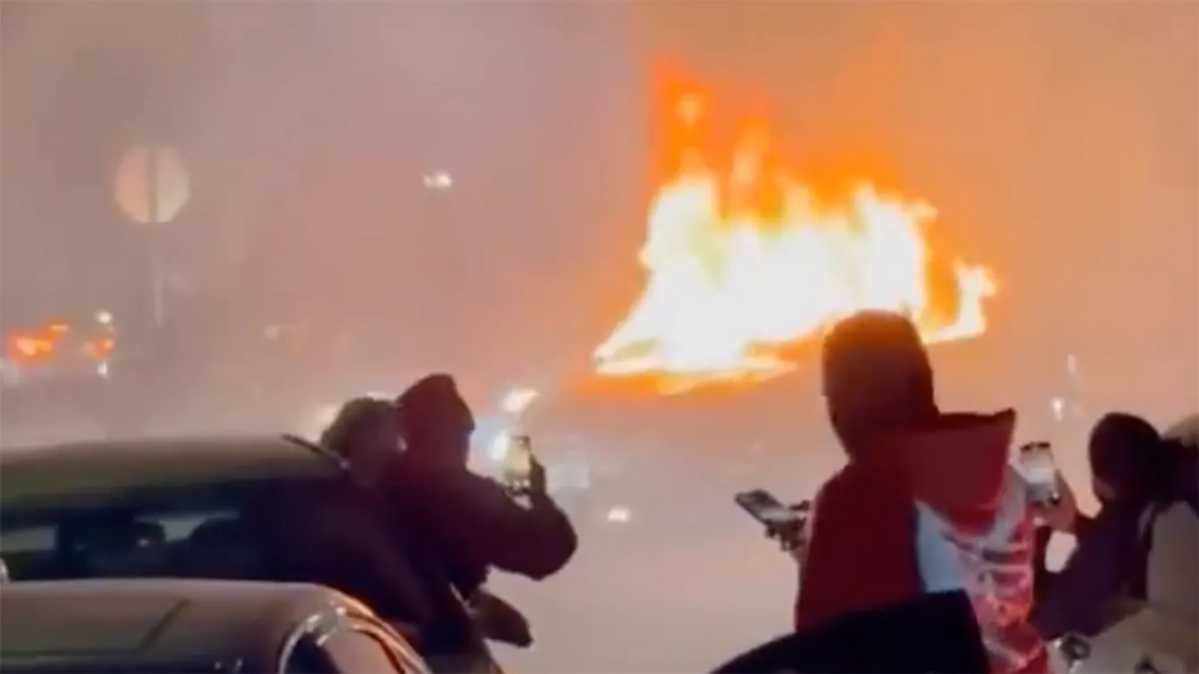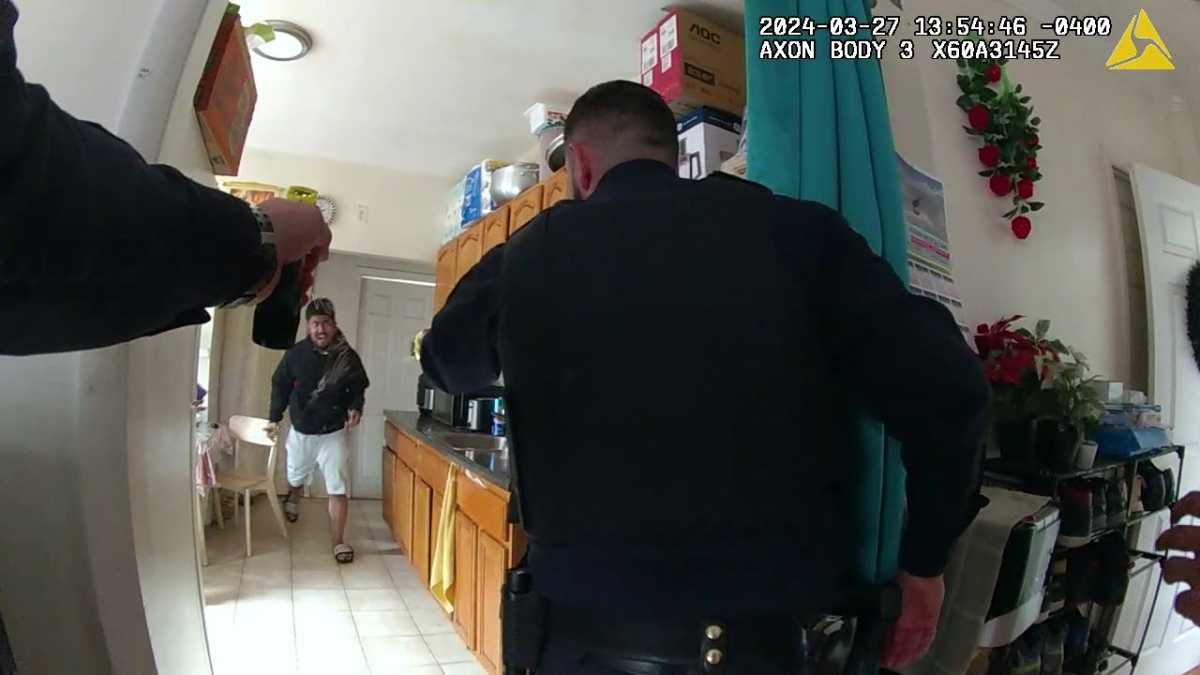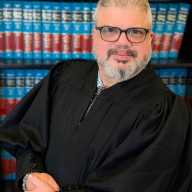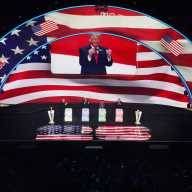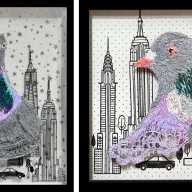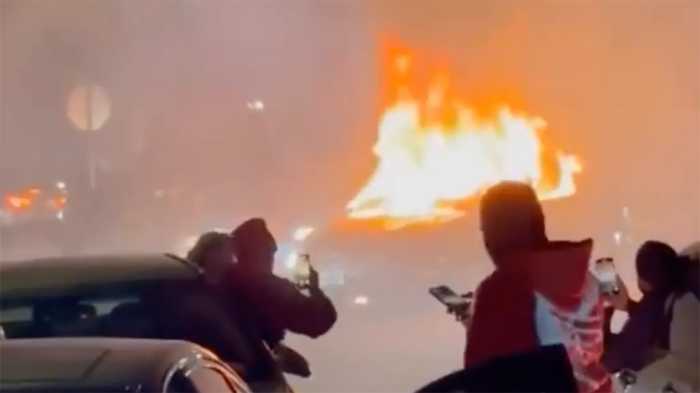In a city of more than eight million people, you are seldom alone when in NYC. But numerous studies and public sentiment show the near opposite—New Yorkers and people across the country are reporting that they feel lonely, that their community isn’t what it used to be, and that they’re suspicious of strangers.
We run a community center in the East Village of Manhattan and there’s no doubt that the people we encounter there share these sentiments and that their feelings are related to a sense that the neighborhood has been fraying in the years since COVID.
That’s why we’re trying an experiment: Can a community center play a role in reversing the frustrating trends that separate us from each other and pull apart our communities? Our answer is ‘yes’ and that the pathway is a conscious effort to create engaging, joyful activities that make people want to come together.
The starting point is understanding the problem; what has changed that has led to the current feelings of alienation and loneliness? About 30 years ago, the sociologist Robert Putnam wrote a now-famous article and book called Bowling Alone, in which he observed that American were disengaging from one another. The title refers to a drop in bowling league participation, which Putnam pointed to as an example of what was occurring across our society as religious institutions, civic organizations, political clubs, and many other organizations saw steady declines in membership.
COVID took that trend to a new level. Years of social isolation caused people to almost entirely lose the habit of gathering with each other, or even leaving their homes. And the rise of the smart phone has only exacerbated the problem – particularly with young people – replacing human contact with hours of scrolling and watching videos.
Now, Robert Putnam is back in the press and in a new documentary – called Join or Die – in which he suggests that our alienation from each other has reached the level of an almost existential threat in two fundamental ways.
First, the current plague of loneliness has caused enormous health impacts, noted in a recently released report by the surgeon general. Mountains of research have shown that people who experience frequent loneliness tend to have a shorter life expectancy and are more likely to suffer from anxiety, depression, or even suicidal ideation.
Second, the social isolation has resulted in polarization, applying across political beliefs, racial background, and economic class. Those clubs, religious institutions, and civic organizations that once promoted social engagement have now dramatically diminished, and what’s left is a society in which people mostly experience each other – through TV and social media – in ways that promote tribalism, suspicion, and alienation.
Public spaces are part of the antidote – and that’s why we’ve turned our lobby into a café and gallery, drawing nearly a thousand people to our space most days. But it’s our belief that what’s also needed is programming that will intentionally bring people together in the company of others. To kick off this effort, we’re screening the documentary about this trend and how to reverse it—aptly called Join or Die—and , on that same night, we’re holding a ‘club fair’ so that members of our community can sign up for a myriad of activities that will connect them with others.
By ‘programming,’ we mean the fun and energy that allows us to experience people around us at their best: clubs like knitting, gaming, writing, and more; group sports like pickle-ball and pick-up basketball; and volunteering at the grassroots in our community (which has received new attention as a result of this outstanding article.)
As noted in recent press coverage some of the wealthiest New Yorkers have taken matters into their own hands. They are resorting to the time-honored tradition of joining elite social clubs. Unlike the exclusive fiefdoms that we might glimpse in HBO’s Gilded Age, these new clubs are less concerned with pedigree than price tag. An initiation fee of hundreds of thousands of dollars, plus additional monthlies, can garner access to exclusive clubs filled with amenities and high-end items. But luxuries aside, they serve a real need in our culture, the desire for ‘third spaces’ where people can find community in locations outside of their home and away from work.
We believe that a community center like 14Y can serve that same purpose, but with a wider social impact. The East Village – like many other neighborhoods in our city – has had a tough few years. Many strategies are important to hold our community together: social services, addressing crime, clean streets and more. But preserving a community is also about giving people a chance to experience the joy of each other. That’s something that has been lost in recent decades, and our belief is that there is a way to win it back.
We hope you’ll join us on October 29th at 6 PM for the screening of Join or Die and club fair for our Downtown community.
Rich Baum is the President & CEO of Educational Alliance, Alexis Offen is the Executive Director of 14th Street Y.
Read More: https://www.amny.com/opinion/
